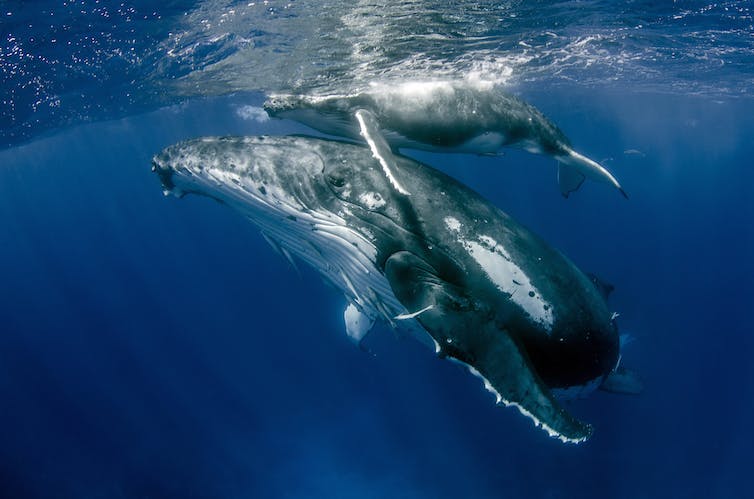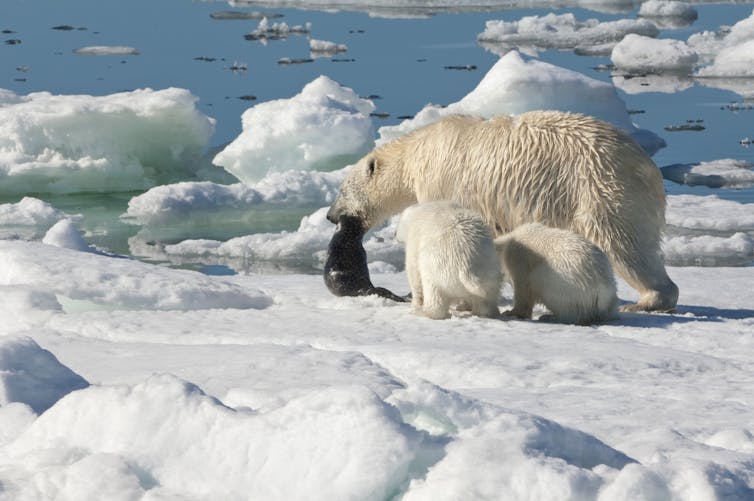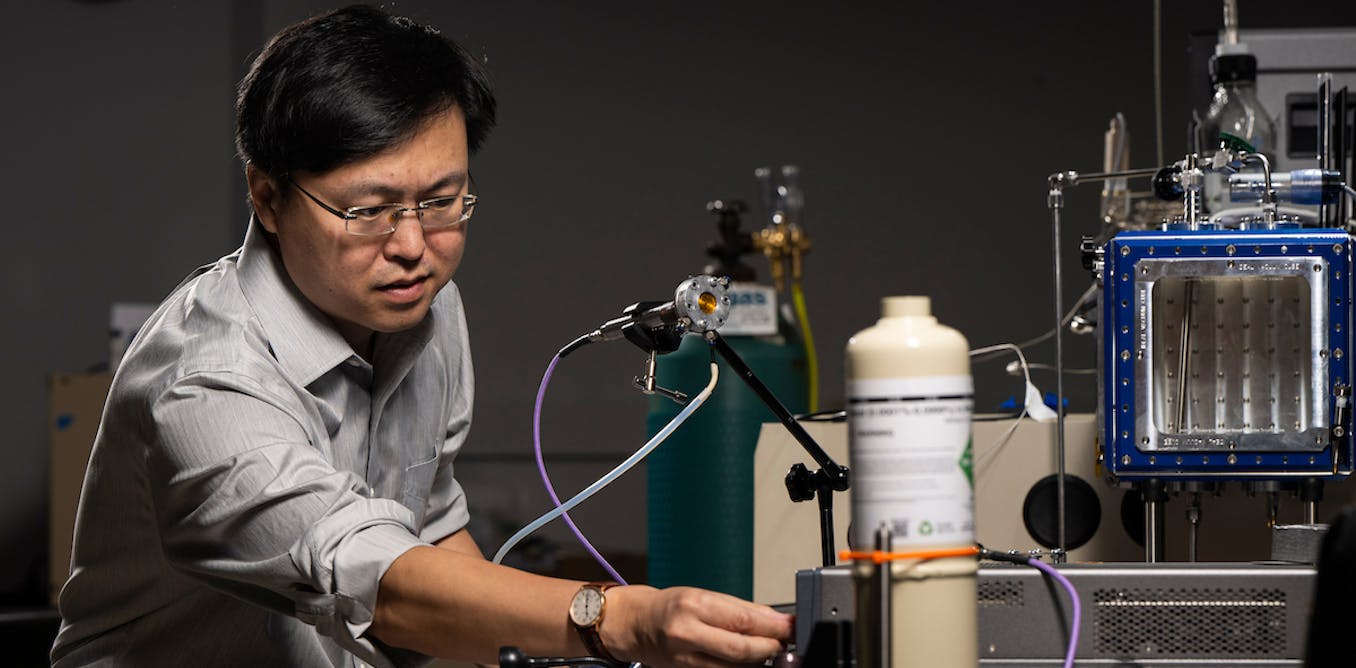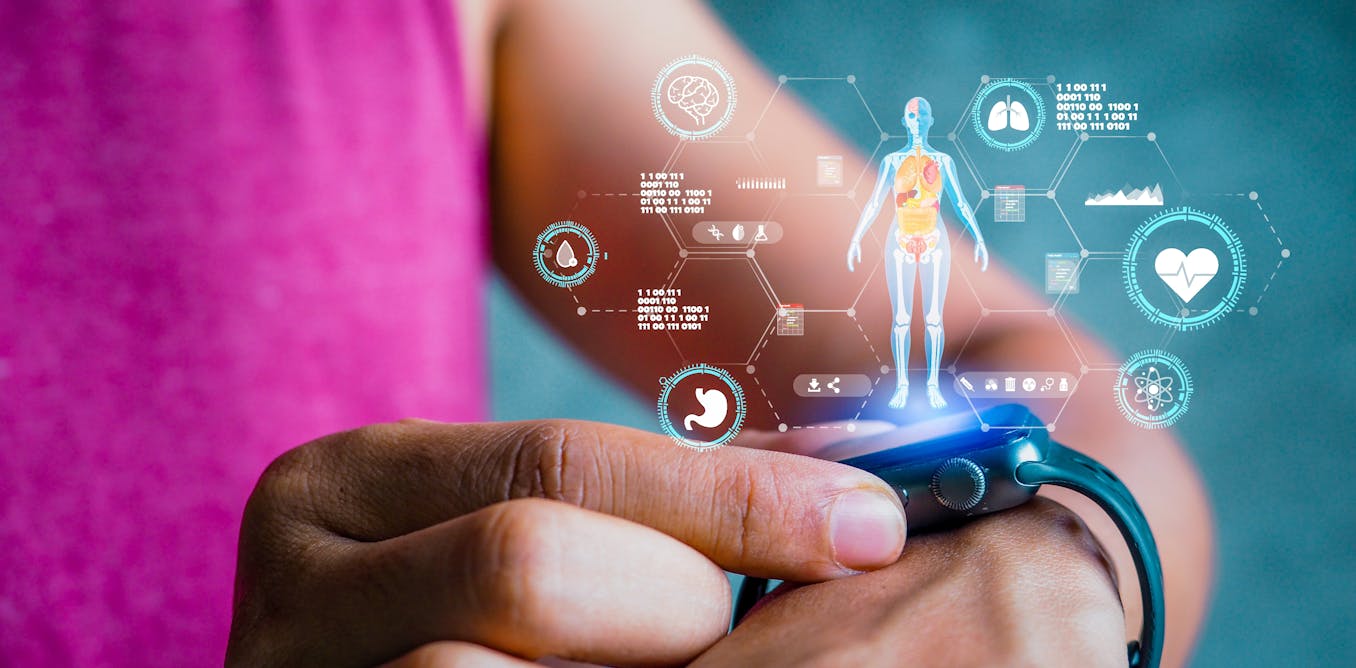We take it for granted that humans find it more difficult to conceive as they grow older. But our recent study, which analysed data from 157 animal species, found that male reproductive ageing seems to be a lot less common in other male animals.
With fertility in men declining worldwide, understanding ageing of sperm in other animals could give new insights into our own fertility.
Human fertility declines with age because sperm and eggs of older people are more deteriorated or fewer in number than those of young people. Reproducing at an older age not only affects your fertility, but can also reduce the fertility, survival rate and physical and cognitive performance of the children you conceive.
Humans versus other animals
Humans live considerably longer than we did just a century ago. This recent, rapid extension in our longevity might be one reason why humans reproductively age at faster rates than other animals. Our reproductive ageing rate hasn’t slowed down yet to match our longer lifespans.
Animals might also face greater evolutionary pressure to maximise their reproductive potential at all ages, because most animals reproduce throughout their lives. But this isn’t the case for humans. We rarely reproduce in our late life.
Additionally, we have fewer offspring compared to our ancestors. This makes it harder for natural selection to select genes that improve human reproduction due to less variation in the population’s fecundity.
Females versus males
Males and females in many species age reproductively at different rates.
For instance, in red wolves, male reproductive success declines with age but it does not for females. Yet female killifish show stronger decline in fertility with age than males. Despite the fact human females live longer than males, they tend to become infertile earlier than men, and go through menopause.
In some species, including humans, where females help raise their grand-offspring (such as humans and whales), females live much beyond the age of reproduction. An evolutionary explanation for this is that older females can better pass on their genes by helping their relatives survive and rear young than by reproducing themselves.
There are some hypotheses that try to explain these sex-specific differences in reproductive ageing.
Sperm are continuously produced in males, but eggs in many species, including humans, are produced early in the life of females. This might lead eggs to accumulate more damage due to being stored for longer durations inside older females than sperm are stored in old males.
Another hypothesis suggests that males might age faster because sperm DNA accumulate more mutations than egg DNA. Sperm have poorer DNA repair machinery than eggs, causing males to pass on more mutations to the next generation than females with advancing age, a pattern observed across vertebrate animals.
Sexes also face different environmental pressures. For instance, in many mammals, males, but not females, disperse away from the family group when they mature. This sort of environmental pressure leads to differences in the strategies males and females use to pass on their genes, which can create differences in rates of reproductive ageing between the sexes.
Tomas Kotouc/Shutterstock
Patterns of reproductive ageing in animals
In our study, we showed that reproductive ageing rates in males vary vastly across the animal kingdom. We found invertebrates such as crustacea and insects have some of the slowest rates of reproductive ageing, compared to lab rodents who had some of the fastest rates.
Generally though, male animals showed few signs of age-related declines in their ejaculate traits (such as sperm quality and quantity).
We also found that different ejaculate traits, such as sperm viability, number, motility or velocity, aged at different rates.
In species that grow throughout their lives, such as some fish and crustacea, old animals have a lower mortality risk and larger gonads than young males. This can cause old males in such species to age at slower rates, with older males producing larger ejaculates than younger males.
In animals such as lab rodents, who have some genetic lines selected for accelerated ageing, reproductive ageing was universal across ejaculate traits. Lab rodents are generally kept in highly controlled environments where ageing is easier to detect – due to fewer confounding effects that could mask ageing. This suggests that a lot of the variation in male reproductive ageing between different species could be due to their environment.
We also discovered that closely related species showed similar rates of decline in ejaculates with age, suggested that ageing is also shaped by an animal’s evolutionary history.
Some of the patterns we mention above also reflected methodological differences between studies. For example, when studies kept male animals as virgins, old males can accumulate more sperm than young males, leading to old males producing larger ejaculates.
Additionally, studies that only sampled young to middle-aged males showed an increase in sperm quality and quantity with age, compared to studies that sampled middle-aged to old males, suggesting that fertility peaks around middle age in male animals generally.
Reproductive ageing
Reproductive ageing occurs because as individuals grow older, their sperm and eggs accumulate damage. Organisms have evolved to reproduce earlier in life rather than when old, which leads to a weaker ability of natural selection to weed out bad genes that are expressed in old but not young organisms, in turn promoting ageing.
There are however, opposing forces that determine whether old individuals will leave more copies of their genes to successive lineages compared to young animals, and reproductive ageing is only one process determining this.
An alternative hypothesis is that parents who conceive at an older age would have more gene variants for longer lifespans which could benefit their offspring. This could lead to longer lived offspring from older conceiving parents. However evidence for this hypothesis is still limited.
While most scientists accept that at least some reproductive traits decline with age, biologists are still uncovering what the exact mechanisms and evolutionary reasons for these declines are. But by looking at other species to investigate the drivers of reproductive ageing, we can understand and perhaps even seek to alleviate our own reproductive decline with age.




